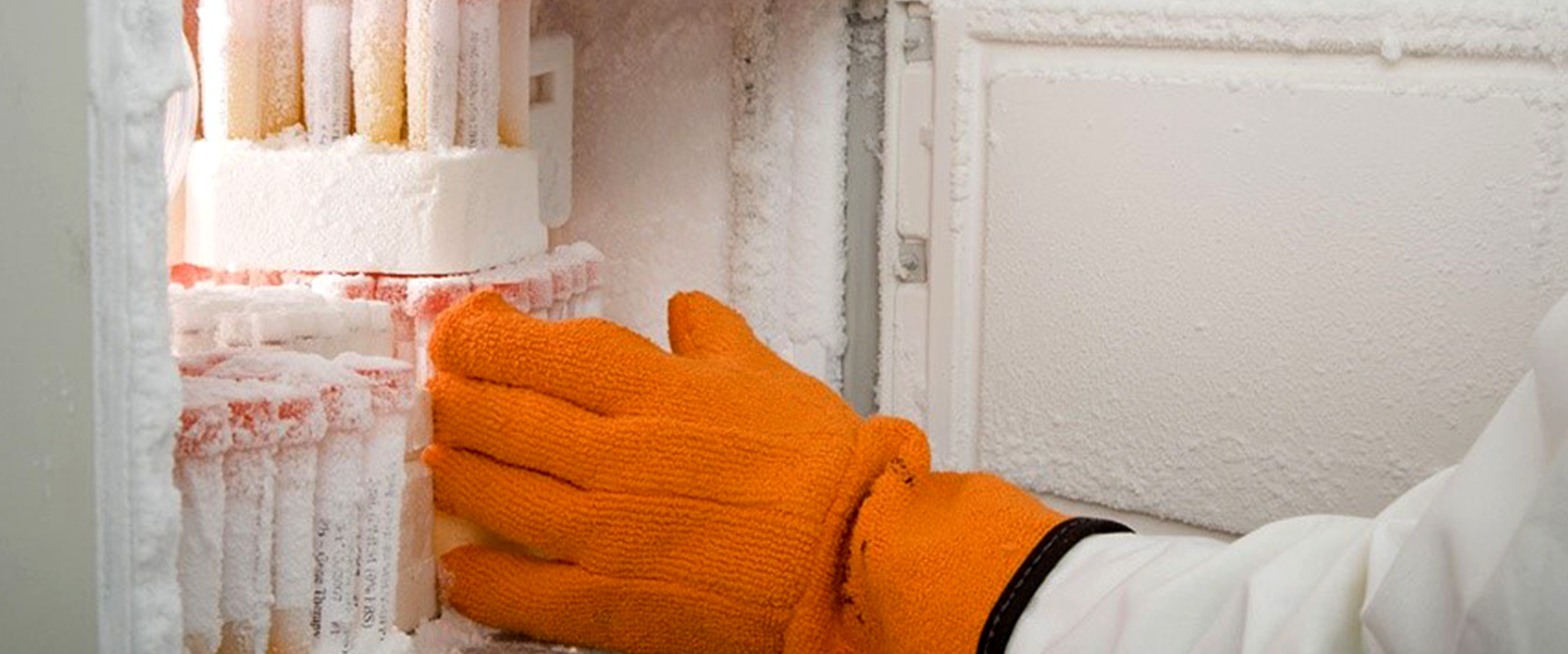 Whether you have banks of cell lines stored in liquid nitrogen or assay reagents constantly consumed, managing your inventory of samples is necessary to keep your lab running smoothly. That means having processes and workflows in place to guarantee the lab is working at peak efficiency, as well as having the proper material and infrastructure to track and manage your assets. Below, we’ll discuss some of the ways you can efficiently manage your inventory and keep track of everything in your lab.
Whether you have banks of cell lines stored in liquid nitrogen or assay reagents constantly consumed, managing your inventory of samples is necessary to keep your lab running smoothly. That means having processes and workflows in place to guarantee the lab is working at peak efficiency, as well as having the proper material and infrastructure to track and manage your assets. Below, we’ll discuss some of the ways you can efficiently manage your inventory and keep track of everything in your lab.
Identifying & Tracking Samples
I’ve never met anyone who can quickly and accurately pluck the right sample out of hundreds of others from their stocks of chemicals or cell lines without a comprehensive labeling system in place. The most fundamental aspect of maintaining inventory, regardless of whether you work in a lab or any other industry, is having an efficient method to categorize, identify, and track samples. Labels are the best way to do this, as they allow you to print all the necessary information, as either alphanumeric text, serialized numbers, or barcodes.
However, all labels aren’t made equal, and using the right label for the appropriate environment is something that requires consideration when managing inventory. In labs, the most frequently encountered environments for storing samples are refrigerators, freezers, and liquid nitrogen tanks, which require cryogenic labels that won’t fail because of extremely low temperatures. Using a thermal-transfer printer also ensures that they won’t become illegible over time.
Barcodes and radio-frequency identification (RFID) are the two best ways to track your sample laboratory inventory. RFID is most advantageous for samples stored in freezers and refrigerators, as you don’t need to even remove the samples from storage to take inventory of them. Cryogenic barcode labels are also useful for tracking samples and can be used in freezers or liquid nitrogen Dewars.
Monitoring Workflows
Implementing a laboratory information management system (LIMS) is the easiest way to track inventory and improve sample traceability, while simultaneously improving your lab’s overall efficiency. As the sample moves through the given lab’s testing process, the LIMS will note what user accessed the sample, where the sample is in that process, and allow additional sample testing to be scheduled.
By creating detailed and accurate sample records through scanning barcode or RFID labels, and by tracking the chain of custody, the risk of mix-ups or lost samples is reduced. When scanning the sample into the system, you can record the sample’s location, from where it was taken, any clinical or phenotypic information, its stage of analysis, which scientist is currently working with it, the proper storage conditions, as well as its exact location, narrowed down to the particular freezer shelf, rack, box, row, and column. Additionally, this information can be automated to save time spent on arduous administrative tasks. Modern LIMS also offer enhanced integration with other lab instruments and applications, enabling the system to be used to automate inventory management.
Maintaining Lab Infrastructure
The infrastructure where your inventory is stored is as important as the inventory itself. Many things can go wrong with the storage of samples: freezers and refrigerators can shut down, Dewars can run out of liquid nitrogen, and an incubator can have elevated CO2 or O2 levels. You might also run into problems with contamination as well as changes in air pressure or humidity.
There are systems, such as XiltriX, that can monitor the parameters of your storage equipment in real-time, providing updates and notifications while keeping logs and reports of all parameter-related activity. Cloud-based systems like XiltriX are ideal for lab facilities as they can manage the data simultaneously through one interface that notifies the user of an emergency in the form of text messages, emails, alarms, or sirens when something goes wrong. Systems like XiltriX also monitor particles under 0.3 microns in diameter, making it possible to assess the presence of bacteria and other unicellular organisms, which is especially useful for incubators that must be kept contaminant-free.
In the event of an emergency, proper inventory management comes down to having dedicated lab staff and involves using durable labels to identify your samples, monitoring workflows, and maintaining lab infrastructure. Without proper inventory management, performing even basic tasks can result in failure right from the start, especially if you’re not aware that you’re missing necessary components for the assay or you lose crucial specimens. You might have most of your reagents, but once the experiment has begun any missing component will end up halting the rest of your protocol in its tracks. In the worst cases, you can lose or mix up irreplaceable patient tissues. Keeping a clean record of everything in your lab and making sure it’s all accounted for and in good condition will ultimately keep your lab running efficiently and prevent errors from creeping into your results.
LabTAG by GA International is a leading manufacturer of high-performance specialty labels and a supplier of identification solutions used in research and medical labs as well as healthcare institutions.


